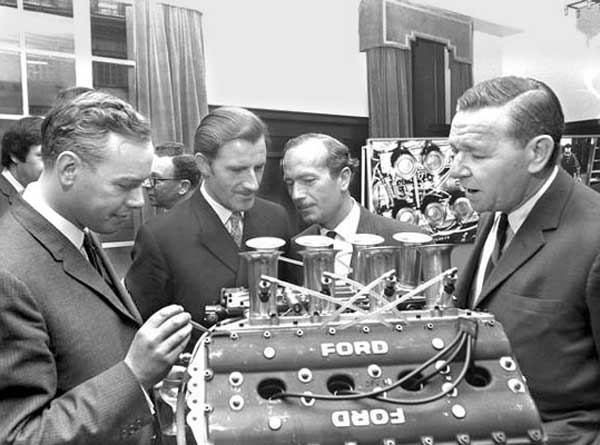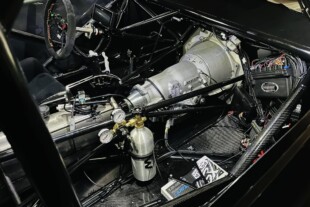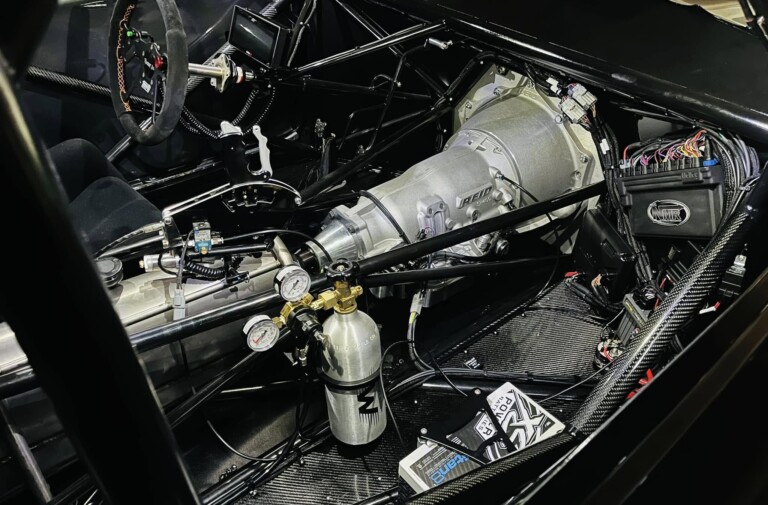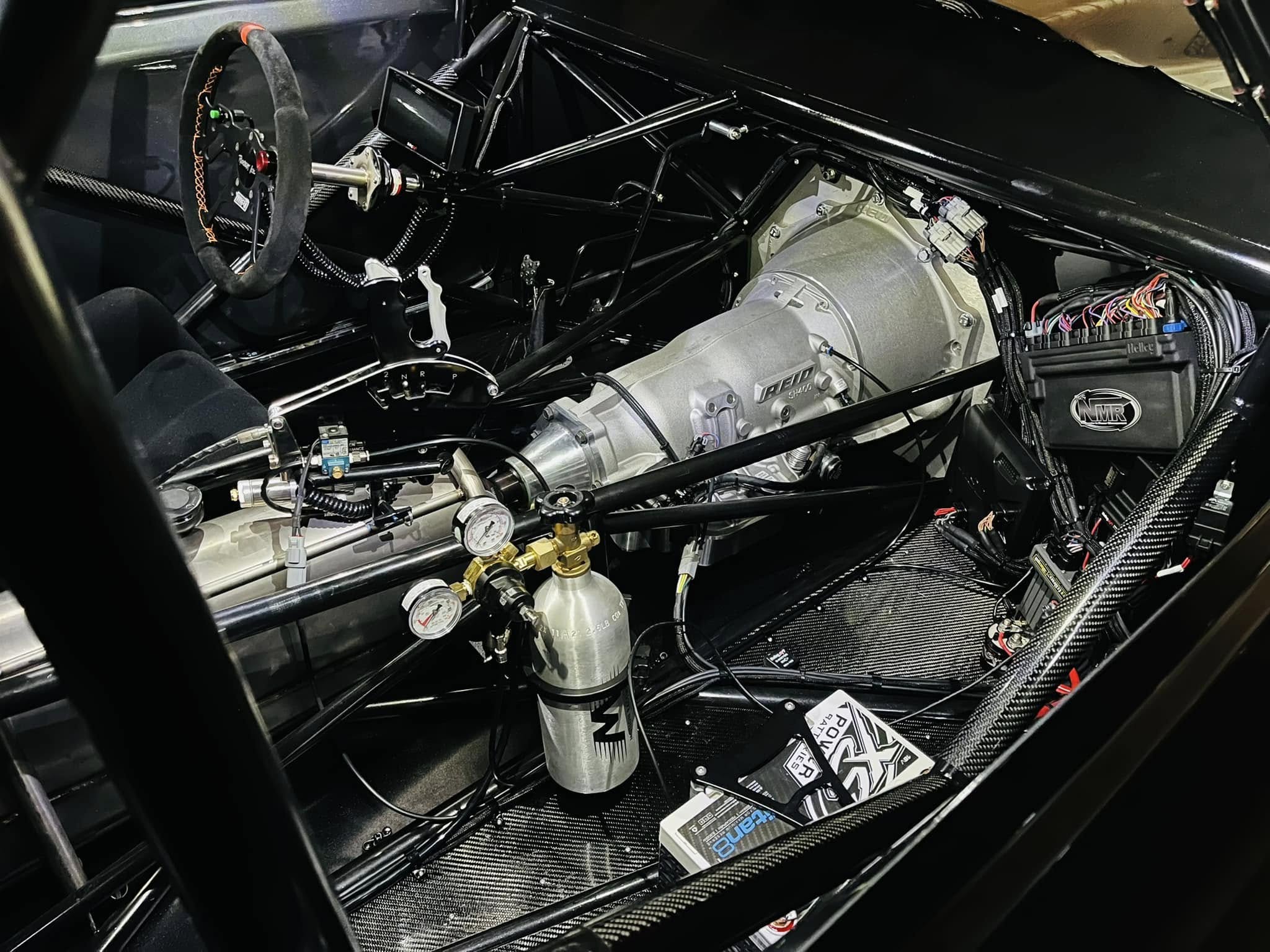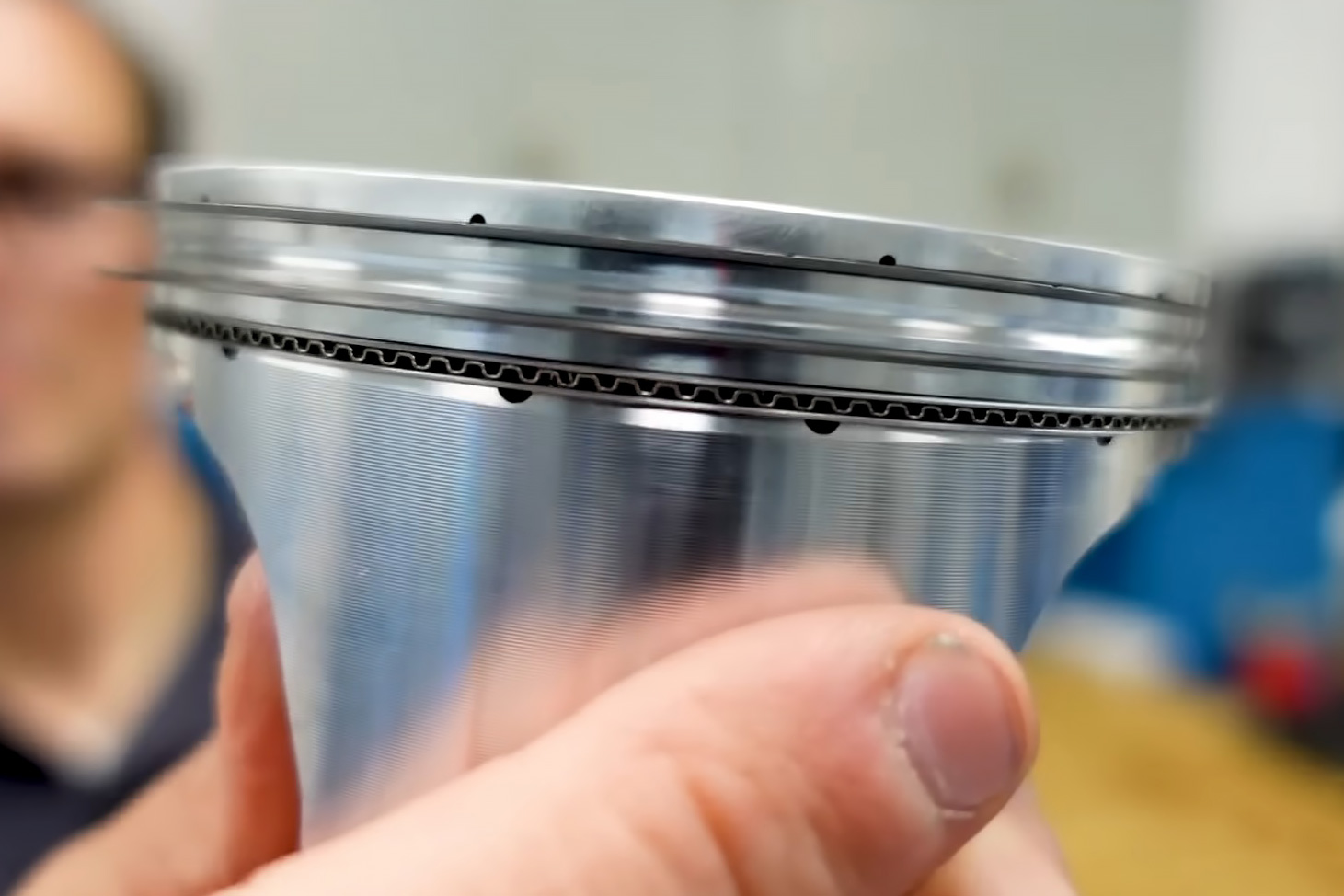Shot during the waning years of Formula 1’s first turbo era, this documentary shows the massive undertaking of developing a turbocharged engine in those days. Though money was everywhere and sponsorship abundant, the task of taking a 1.5-liter engine and asking it to make over 800 horsepower was not easy. The sheer amount of resources and expertise needed to get these fragile powerplants to work is mind-blowing, as this in-depth dive into the world of an engine designer demonstrates.
With turbos dominating Formula 1 the mid-eighties, everybody was forced to get onboard eventually. One of these latecomers was none other than Cosworth’s Keith Duckworth, the designer of the ubiquitous DFV V8. His V8 was the most successful engine in the seventies, thanks to its availability, reliability and simplicity, though not always the most powerful.
However, with the onset of the 1980s and bigger multinational companies getting involved in Formula 1, big power became the goal for every team. Unfortunately, only those with massive budgets were able to make these fire-breathers output the quad-digit figures they’re known for. Cosworth, as funded by the Ford Motor Company, came to terms with the fact they were no longer competitive and needed to develop a force-fed motor to stay relevant, but even with backing, the challenges were numerous.
This documentary takes us through the issues faced with turbocharging, from the most basic aspects of forced induction, to the issue of compact packaging within the narrow confines of a Formula car chassis and the trickier, speculative art of fueling. As a turbo engine’s success came to be measured not only by its power output but its economy, finding the most intelligent engine management systems became a race of its own. The fledgling years of electronically controlled fuel delivery coincided with the advent of the turbo, and the former became integral in making modern racers work well.
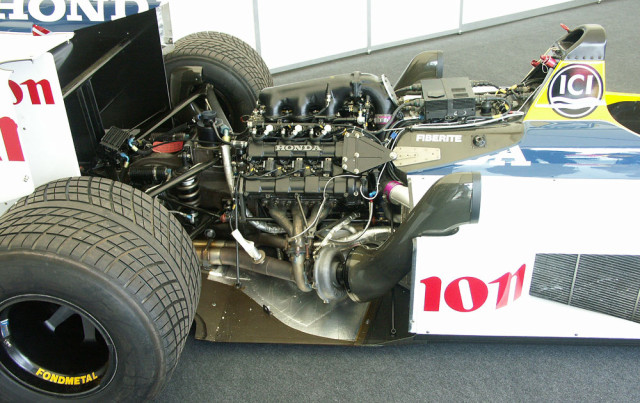
The Honda powerplant found in the 1985-1987 Williams were by far the most economic of the gas-guzzling turbos.
In addition, engine configurations are discussed in detail, since they played a major part in the design of the motor. With the turbo era dominated by V6 engines, Duckworth and Cosworth eventually decided to follow the norm after a failed attempt to turbocharge an existing inline-four racing engine.
The V6 route was most explored because its layout allowed it to be a stressed member of the chassis. This meant that the engine would add to the overall rigidity of the car and not require a heavy spaceframe to be mounted to the chassis. In addition, a V6 layout made twin-turbocharging feasible, and with turbo technology as rudimentary as it was in the eighties, this meant for a more progressive power delivery.
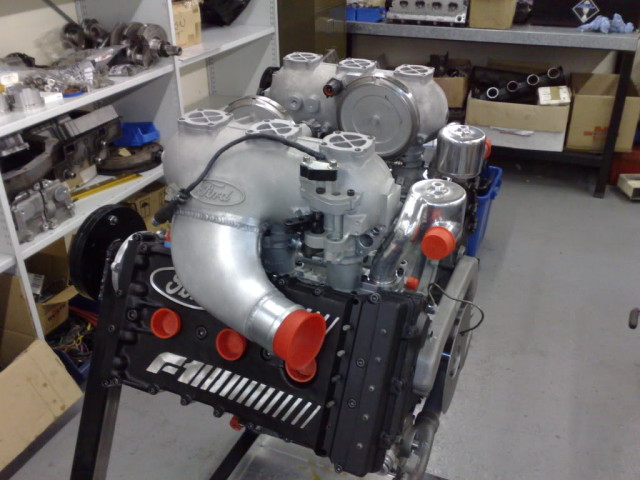
Though the Cosworth GBA was a small motor, when fitted with turbos and all the ancillaries, it filled the engine bay.
Even taking the conventional route with major corporate backing proved difficult. Manufacturing, testing and refining a turbocharged motor was something of a black art four decades ago. Therefore, with other major manufacturers moving forward with half a decade of turbo experience over Cosworth, the English firm was always fighting an uphill battle.
Nonetheless, their persistence led to the development of a functional motor, but not before a challenging charge towards innovation. In the tech-heavy eighties, more and more power was sought feverishly by all Formula 1 teams, but not many had the talent and tenacity to find that performance.
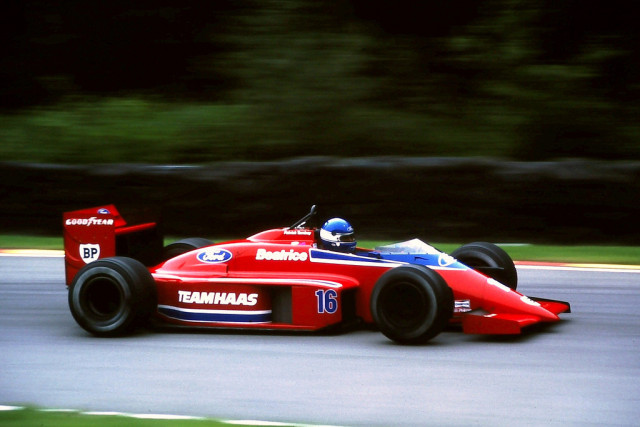
Ultimately, the Cosworth engine was fitted into one of the prettiest cars of the era, the Beatrice Ford.



